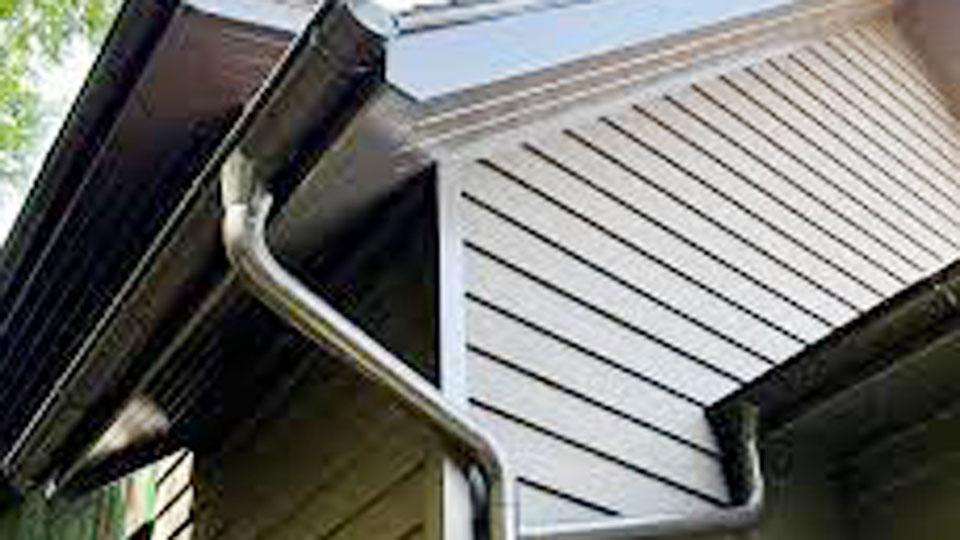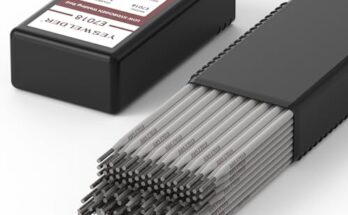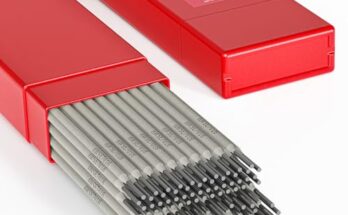If you have galvanized steel gutters, you know they are tough and long-lasting. But over time, the seams can develop leaks, and if not repaired, water damage can follow.
One of the best ways to seal those seams permanently is by soldering them. Soldering creates a watertight, durable bond that lasts for years, making it a great solution for fixing leaks and securing gutter joints.

Image by sunrisehalfround
I’ve worked on many gutter repair projects, and I can tell you that soldering galvanized steel isn’t complicated, but it does require proper preparation and the right technique.
I’ll walk you through the entire process, from cleaning the gutter to applying the solder correctly. If you follow these steps, your gutters will be sealed and leak-free in no time.
Why Solder Galvanized Steel Gutters?
Soldering is one of the most effective ways to seal galvanized steel gutters. Unlike caulking or adhesives, which wear out over time, soldering creates a permanent, waterproof bond between the metal sections.
Here’s why soldering is a great option:
- Long-lasting seal – Soldered joints don’t crack or wear down like sealants.
- Stronger than rivets or caulking – The bond holds up against heavy rain, snow, and ice.
- Prevents leaks for years – No need for frequent repairs.
- Maintains the integrity of the gutter system – No bulky sealants or extra hardware.
If you want a professional-level repair that won’t fail in a year or two, soldering is the way to go.
Tools and Materials Needed
Before getting started, gather all the necessary tools and materials. Having everything ready will make the process smoother and safer.
| Tool/Material | Purpose |
|---|---|
| Propane or butane torch | Heats the solder to bond the metal |
| Lead-free solder | Creates a strong, waterproof seal |
| Flux (acid-based for galvanized steel) | Cleans the metal and helps the solder flow |
| Wire brush or sandpaper | Cleans and preps the gutter surface |
| Damp rag | Wipes away excess flux and cools the joint |
| Gloves and safety glasses | Protects hands and eyes from heat and fumes |
| Work gloves | Keeps hands safe from sharp edges |
| Clamps or locking pliers | Holds the gutter sections together |
Step-by-Step Guide to Soldering Galvanized Steel Gutters
Soldering galvanized steel gutters is all about preparation and patience. Follow these steps to ensure a clean, strong bond.
Step 1: Clean the Gutter Joint Thoroughly
The most common reason soldering fails is a dirty surface. Galvanized steel is coated in zinc, which can oxidize and prevent the solder from bonding properly.
- Use a wire brush or sandpaper to clean the areas where the solder will be applied.
- Wipe the joint with a damp cloth to remove dust and debris.
- Make sure the surfaces are dry before moving to the next step.
Step 2: Apply Flux to the Joint
Flux is essential for soldering galvanized steel because it removes oxidation and allows the solder to flow smoothly.
- Use a brush or cotton swab to apply acid-based flux along the seam.
- Make sure you coat both sides of the joint for a strong bond.
- Allow the flux to sit for a few minutes before heating.
Step 3: Heat the Joint with a Torch
Now it’s time to apply heat to the joint using a propane or butane torch.
- Set the torch to a medium flame and hold it a few inches away from the joint.
- Move the flame evenly across the seam, heating the metal until the flux starts to bubble.
- Avoid overheating! Too much heat can burn off the flux and prevent the solder from bonding.
Step 4: Apply the Solder
Once the metal is hot, you’re ready to apply the solder.
- Touch the solder wire to the heated joint. If the temperature is right, the solder will melt and flow into the seam.
- Move the solder along the joint, ensuring even coverage.
- Let the solder flow naturally – don’t force it. It should fill the seam and create a smooth, shiny bead.
Step 5: Let It Cool and Clean the Joint
After soldering, it’s important to let the joint cool naturally.
- Do not touch or move the joint until the solder hardens.
- Wipe away any leftover flux with a damp rag to prevent corrosion.
- Inspect the joint for gaps or weak spots. If needed, reheat and apply more solder.
Common Mistakes to Avoid
Soldering galvanized steel gutters isn’t difficult, but a few mistakes can lead to a weak or leaky joint. Here’s what to watch out for:
| Mistake | What Happens | How to Fix It |
|---|---|---|
| Not cleaning the joint properly | Solder won’t bond | Use a wire brush to remove oxidation |
| Using the wrong flux | Poor adhesion | Use acid-based flux designed for galvanized steel |
| Overheating the metal | Burns off the flux | Keep the torch moving to prevent excess heat |
| Applying solder before the joint is hot enough | Solder won’t flow | Wait until the flux starts bubbling |
How to Maintain Soldered Gutters
Once your gutters are soldered and sealed, you’ll want to keep them in good shape so they last as long as possible.
- Inspect for cracks or damage every season. Catching small issues early prevents major leaks.
- Clean gutters regularly to prevent clogs and standing water, which can cause corrosion.
- Apply touch-up solder if needed. If you see a weak spot, a quick re-solder can reinforce the joint.
Alternative Methods for Sealing Galvanized Steel Gutters
If soldering isn’t an option, you can try other methods to seal the joints.
| Method | Pros | Cons |
|---|---|---|
| Sealant (silicone or roofing sealant) | Easy to apply, no heat required | Wears out faster than solder |
| Rivets and sealant | Stronger than sealant alone | Not as waterproof as solder |
| Gutter tape | Quick and temporary fix | Not a long-term solution |
Conclusion
Soldering galvanized steel gutters is one of the best ways to create a long-lasting, watertight seal. While it does take some patience and the right materials, the results are worth it. Proper cleaning, flux application, and careful soldering will ensure your gutters remain leak-free for years.
I’ve used this method on many homes, and I can tell you that it’s a skill worth learning. Once you’ve mastered soldering, you’ll never have to deal with messy sealants or temporary fixes again. If you take your time and follow the right steps, you’ll get a strong, professional-quality repair that lasts.
FAQs
Can I solder galvanized steel gutters with a regular soldering iron?
No, a soldering iron doesn’t produce enough heat for galvanized steel. A propane or butane torch is needed.
How long does soldered gutter repair last?
A properly soldered joint can last decades, much longer than sealant or tape.
Do I need special solder for galvanized steel?
Yes, use lead-free solder designed for metal roofing and gutters.
Can I solder in cold weather?
Yes, but the metal will take longer to heat up, so be patient.
Why isn’t my solder sticking?
The most common reasons are a dirty surface, lack of flux, or not enough heat. Make sure to clean the joint and apply flux properly.







